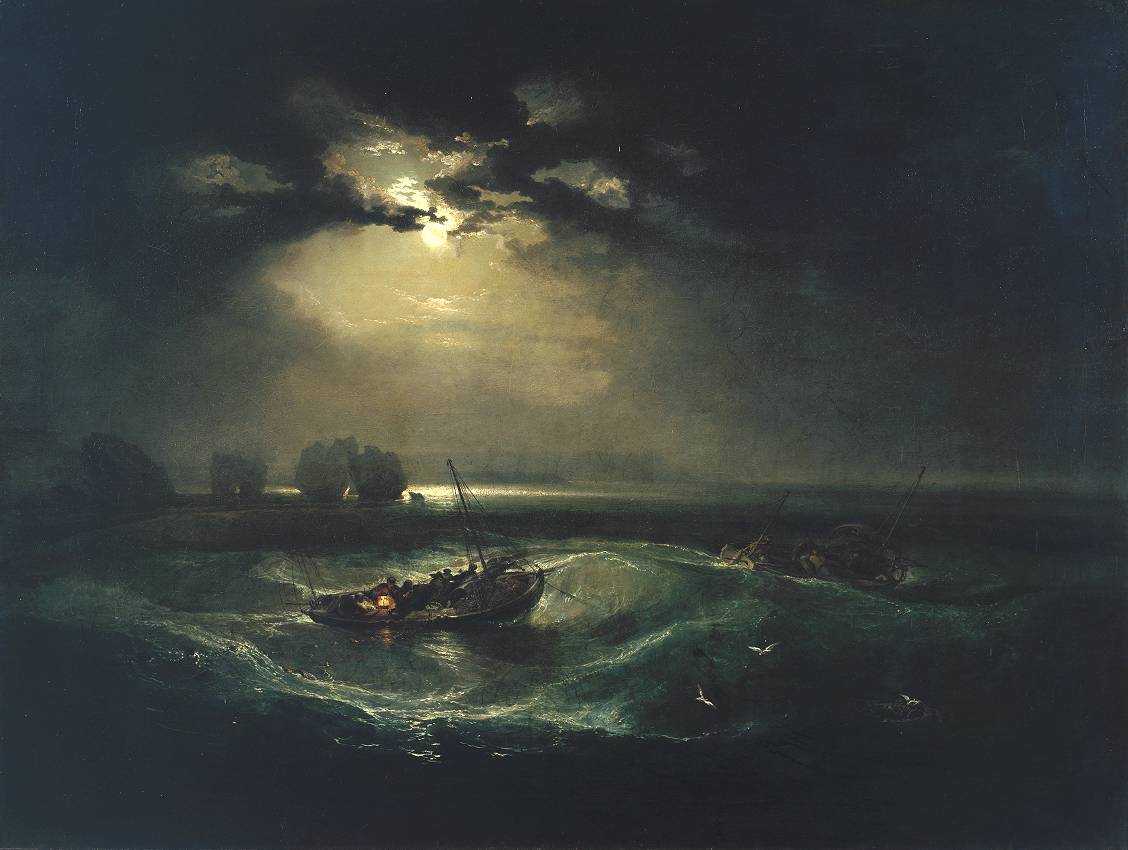Painting With a Cinematic Eye
On April 23, 1775, Joseph Mallord William Turner was born. English landscape painter and skilled architectural draughtsman, he produced sketches and paintings that capture historical images of landscapes, seascapes, and cityscapes.
Attracted to qualities of light, Turner studied its effects on the subjects of his paintings. He captured many natural phenomena from fog to rain, from sunlight to storm, daylight to moonlight, on land and on sea. Working in both oils and watercolours, he experimented with “exposures” of light on the scenes he recorded. His work includes environmental realism in subject matter as well as enhancement of focus and colour in dramatic skies and transcendent waters. Turner composed subtle effects of light and atmosphere in startling ways to reveal environmental forces and the raw power of nature.
Turner brought passion to painting. He didn’t simply portray events, he brought a new intensity to the action. Turner left a legacy of his experience of events, not merely the pictorial record of them, through his use of line, colour, contrast (implied light), framing, and texture… well before the advent of the camera.

B Bondar / Real World Content Advantage